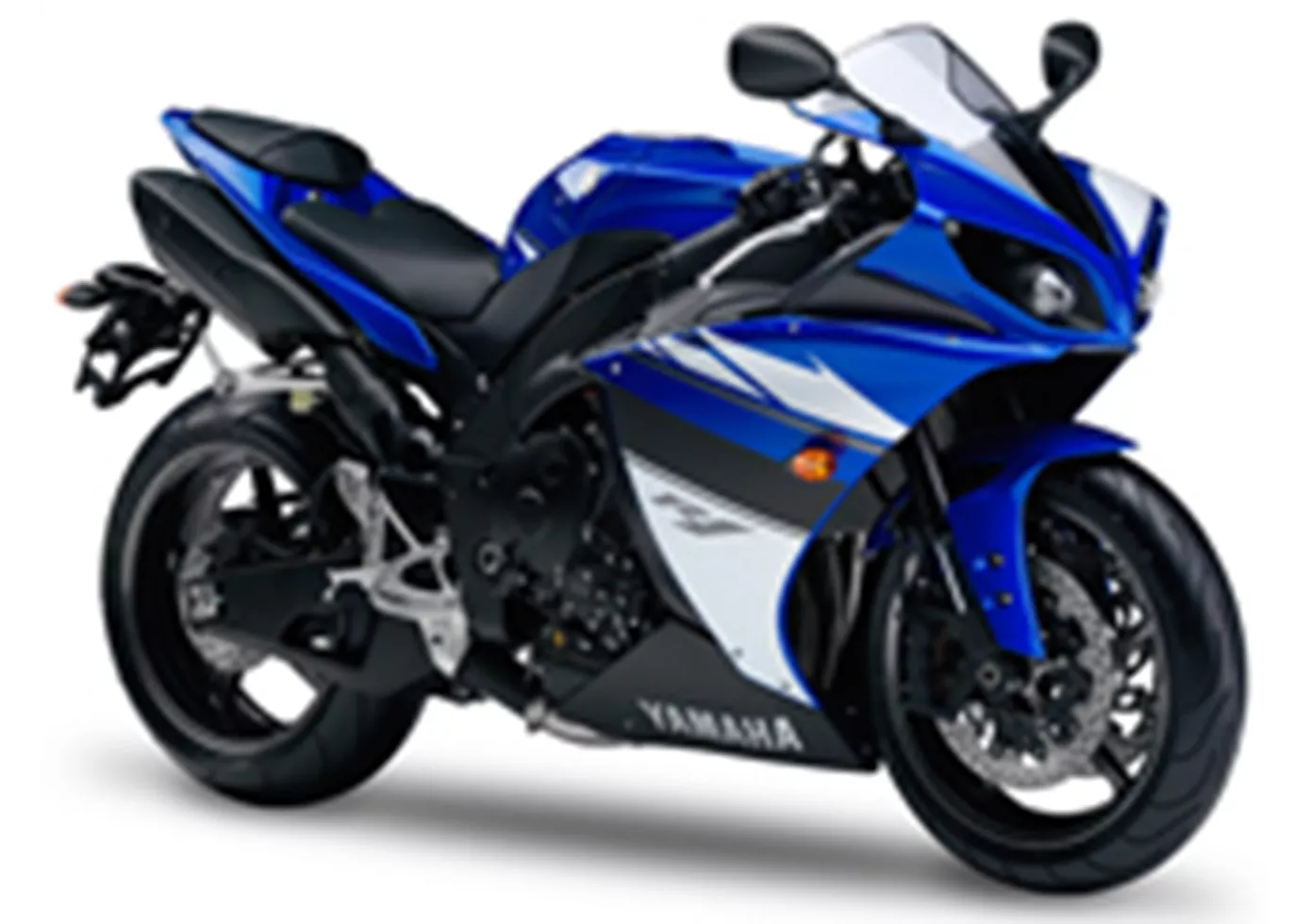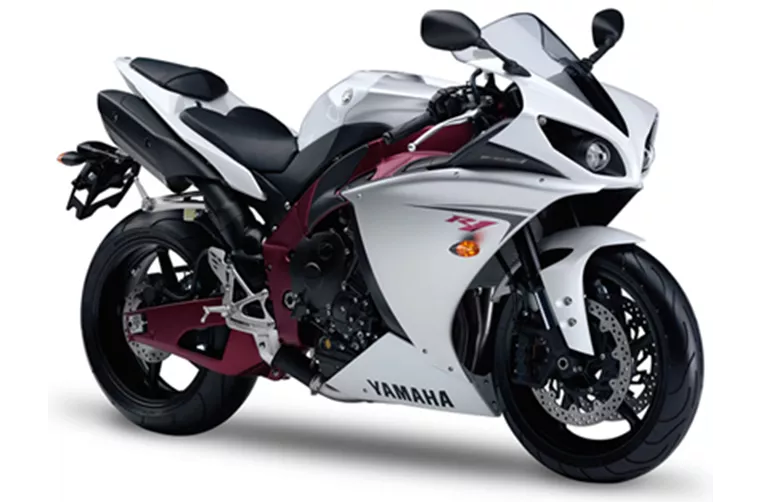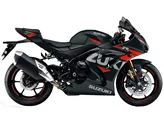Suzuki GSX-R 1000 2009 vs. Yamaha R1 2009

Suzuki GSX-R 1000 2009

Yamaha R1 2009
Overview - Suzuki GSX-R 1000 2009 vs Yamaha R1 2009
When comparing the Suzuki GSX-R 1000 model year 2009 and the Yamaha R1 model year 2009, several factors come into play. Starting with the technical specifications, both bikes have an inline engine type with four cylinders and DOHC valves. However, there are some notable differences.
In terms of bore and stroke, the Suzuki GSX-R 1000 has a bore of 74.5 mm and a stroke of 57.3 mm, while the Yamaha R1 has a larger bore of 78 mm and a smaller stroke of 52.2 mm. This difference in dimensions can affect the overall performance and power delivery of the bikes.
Speaking of power, the Yamaha R1 takes the lead with an engine power of 182 HP, compared to the Suzuki GSX-R 1000's 136 HP. This significant difference in power output can be attributed to the Yamaha R1's larger bore and higher compression ratio of 12.7, compared to the Suzuki GSX-R 1000's compression ratio of 12.8.

Suzuki GSX-R 1000 2009
When it comes to torque, the Suzuki GSX-R 1000 has a slightly higher torque of 116.7 Nm, compared to the Yamaha R1's 115.5 Nm. However, the difference is minimal and may not be noticeable in real-world riding conditions.
In terms of chassis, both bikes feature an aluminum frame. However, the Suzuki GSX-R 1000 has a twin-spar frame type, while the Yamaha R1 has a Deltabox frame type. The choice of frame type can affect the overall handling and stability of the bikes.
When it comes to braking, both bikes have double disk brakes at the front. This ensures strong and reliable stopping power.
In terms of dimensions and weights, both bikes have 17-inch front and rear tire diameters. The Suzuki GSX-R 1000 has a slightly shorter wheelbase of 1405 mm, compared to the Yamaha R1's 1415 mm wheelbase. The seat height of the Suzuki GSX-R 1000 is 810 mm, while the Yamaha R1 has a slightly higher seat height of 835 mm. The fuel tank capacity of the Suzuki GSX-R 1000 is 17.5 liters, while the Yamaha R1 has a slightly larger fuel tank capacity of 18 liters.

Yamaha R1 2009
Now let's move on to the strengths and weaknesses of each bike. The Suzuki GSX-R 1000 has several strengths, including improved geometry, a compact engine design, a relaxed seating position, a system with multiple height adjustments, and an anti-hopping clutch. On the other hand, it has some weaknesses, such as suboptimal accessibility of compression adjustment, weakness in the lower rev range, and not being suitable for beginners.
The Yamaha R1 also has its strengths, including a sophisticated sound, a good feeling for power delivery, easy handling, hydraulic spring preload, and a high level of workmanship. However, it has some weaknesses, such as a suboptimal seating position and somewhat difficult cornering over long distances.
In conclusion, the Suzuki GSX-R 1000 and the Yamaha R1 both have their own unique features and characteristics. The choice between the two ultimately depends on the rider's preferences and priorities, such as power, handling, seating position, and overall riding experience.
Technical Specifications Suzuki GSX-R 1000 2009 compared to Yamaha R1 2009
Pros and Cons in comparison
Pros and Cons in comparison
Suzuki GSX-R 1000 2009

Malgré une conduite précise et équilibrée et un déploiement de puissance maîtrisé, la GSX-R 1000 reste réservée aux pilotes expérimentés. Suzuki sait qu'un millier doit rester un millier et s'y tient strictement. Espérons qu'elle pourra le faire encore longtemps.
Yamaha R1 2009

Bien entendu, le nouveau moteur R1 a également subi tous les tests de résistance rigoureux de Yamaha et est livré avec les mêmes garanties que les autres motos Yamaha. En effet, jusqu'à présent, ce sont précisément les thèmes de la durabilité et de la fiabilité qui empêchaient la production en série d'un tel moteur.
Price Comparison Avarage Market Price Suzuki GSX-R 1000 vs Yamaha R1
There are a few key differences between a Suzuki GSX-R 1000 2009 and a Yamaha R1 2009. There are the same number of bikes of both models available on the 1000PS.de marketplace, specifically 6. It takes less time to sell a Yamaha R1 with 45 days compared to 64 days for the Suzuki GSX-R 1000. Since model year 2005 1000PS.de editors have written 71 reviews for the Suzuki GSX-R 1000 and 80 reviews for the Yamaha R1 since model year 2005. The first review for the Suzuki GSX-R 1000 was published on 3/3/2004 and now has more than 7,100 views. This compares to more than 3,900 views for the first review on Yamaha R1 published on 4/28/2003.


















